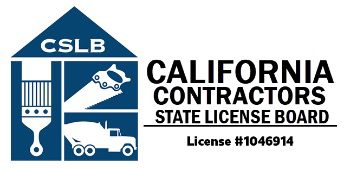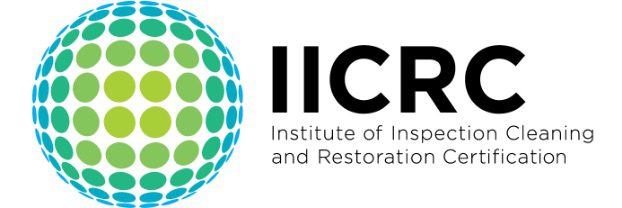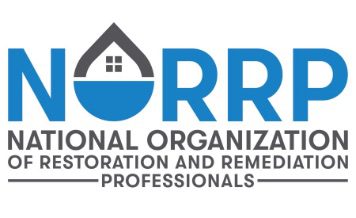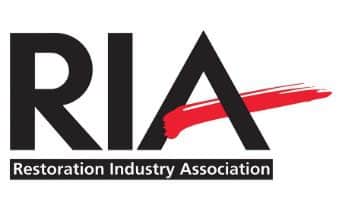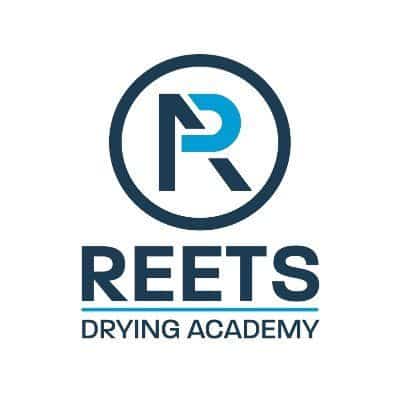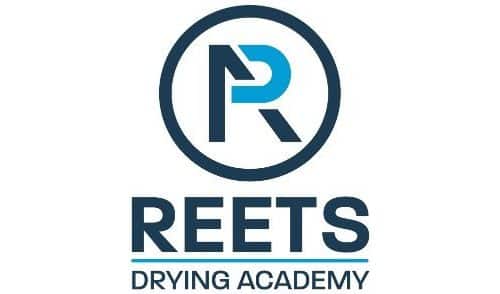Prioritizing Health: The Importance of Sanitizing Services in Water & Fire Damage Restoration
Prioritizing Health: The Importance of Sanitizing Services in Water & Fire Damage Restoration
After a flood or other type of residential water damage, cleaning up doesn’t end once the water is gone. In fact, many regulatory bodies consider a flooded home a contaminated area and advise extreme caution before re-entering. Even if your flood was caused by clean water, it could easily become more dangerous greywater once it’s been standing for as little as 48 hours.
That’s why engaging water and fire damage restoration services for full sanitization is critical after this type of catastrophic incident. These pros can help you understand what must be done to safely re-enter your home.
Why is Water Damage So Dangerous?
In the aftermath of water damage, most homeowners focus on the visible destruction – soaked carpets, stained walls, and damaged belongings. However, there are other more insidious threats lurking just beneath the surface. Familiarizing yourself with dangers can help you understand when to call in the sanitizing pros when dealing with water damage.
Signs and Consequences of Hidden Water Damage
Health risks from contaminants
Bacteria and other pathogens left behind after a flood can easily pose severe health risks. These are typically deposited by the contaminants in flood water, including sewage, chemicals, and debris, which create a hazardous environment and pose significant health risks to occupants.
Structural damage
After a flood, there may be structural inadequacies caused by water or even rescue efforts that jeopardize the safety of the building. When water stands in a residential building, it causes wooden beams and other materials to swell, warp, and deteriorate, compromising the integrity of the building. Getting this shored up quickly is vitally important to secure the safety of occupants and protect future restoration efforts.
Electrical hazards
Water and electricity are always a dangerous combination. Standing water can easily reach electrical outlets, wiring, and appliances, creating an unacceptable risk of electrical shocks or fires.
Mold growth
Mold can begin to grow within 24 to 48 hours of water exposure. These fast-growing mold spores can quickly spread throughout your home, infesting walls, floors, furniture, and other materials. This mold growth damages property and poses serious health risks, particularly to those with existing respiratory issues or allergies.
Pest infestations
Flooded areas can quickly attract pests such as mosquitoes, rodents, and insects that are attracted to the damp conditions. These pests can bring additional health hazards and further damage the property.
The Importance of Professional Inspection and Remediation After a Flood
Leaving standing water in your home after a flood can have devastating and long-lasting effects, ranging from illnesses and other health risks to structural damage. Hiring pros to conduct a prompt and thorough restoration of water and fire damage can help mitigate these risks, protecting the health and safety of your loved ones and the long-term future of your property.
At Dry Kings, we specialize in the complete water damage remediation process, from the initial water extraction to the final rebuilding of your property. Get in touch today to learn how we can help when you’re hit with this difficult situation.
Contact
More News
Newsletter
Sign up and receive valuable tips to help you protect your residential building or commercial property from damages.
Awards
